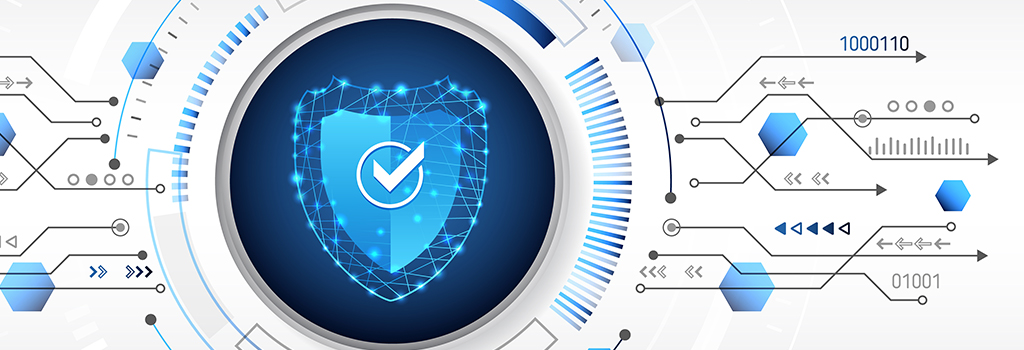Eagle-Lanner tech blog
The Radio Access Network (RAN) is an expensive, proprietary equipment that connects to cellular antennas, processes the signals and sends it to the core network. Service providers, who needs to stay agile to meet the growing demands of enterprise and consumers, find RANs to be a bottleneck and are moving to Open RAN and vRANs to reduce costs.
Read more: New Distributed Unit (DU) Solutions: 5G Open RAN & Virtual Cell Site Router
The demand for more agile and secure Wi-Fi connectivity continues to grow as organizations cope with increasing numbers of client and IoT devices connecting to their networks, astronomical amounts of data generated and demanded, such as for bandwidth-hungry video streaming, and speeding up their transition to the cloud – all requiring significant bandwidth to move efficiently. Wi-Fi 6E, an expansion of the Wi-Fi 6 standard, allows access to the 6 GHz frequency band providing room for growth with wider channels for low latency.
As many enterprises embrace digital transformation and make significant investments in their shift to the cloud, the challenge now becomes how to fully leverage and realize a cloud-first SASE architecture for security and scalability. Even as more and more data and workloads spread among remote users and cloud services, application traffic and security policy enforcement should not be backhauled to data center before being forwarded to the cloud, instead it should be applied to wherever users are located.
Read more: Importance of SD-WAN and Security Transformation to Architecting SASE
P4-programmable switches, such as Intel® Intelligent Fabric Processors (Intel® IFPs), can enhance Ethernet switching with high-performance, and real-time edge-to-cloud telemetry for higher visibility and manageability. Intel® Tofino end-user programmable Ethernet switches can accelerate packet processing for edge and cloud data centers, high-performance computing (HPC) and communication service providers.
The worlds of IT (Information Technology) and OT (Operational Technology) are converging and when implemented properly, can vastly improve efficiency, reduce errors, cut costs, and enhance workflows, greatly benefiting manufacturing, utility and energy companies, transportation, retail, medical, and communication industries. Apart from the advantages, this convergence also opens OT to a vast and advanced cyberthreat landscape.
Read more: Zero Trust and Defense-in-Depth Cybersecurity for IT/OT Convergence Networks
Enterprise networks are increasingly moving to cloud-based applications for distributed workflows among data centers and branch offices to support their remote and mobile workforce and users. While networks have advanced rapidly enough to support the workflows of these remote endpoints, the challenge becomes combining security with networking functions.
In the wake of global conflict and the pandemic, the shift to remote work has greatly increased, coupled with more data-driven organizations moving their operations to the cloud, which has escalated the risk of attacks and widened security threats. With constant security threats, confidential computing provides hardware-level security, confidentiality, and privacy for enterprises.












